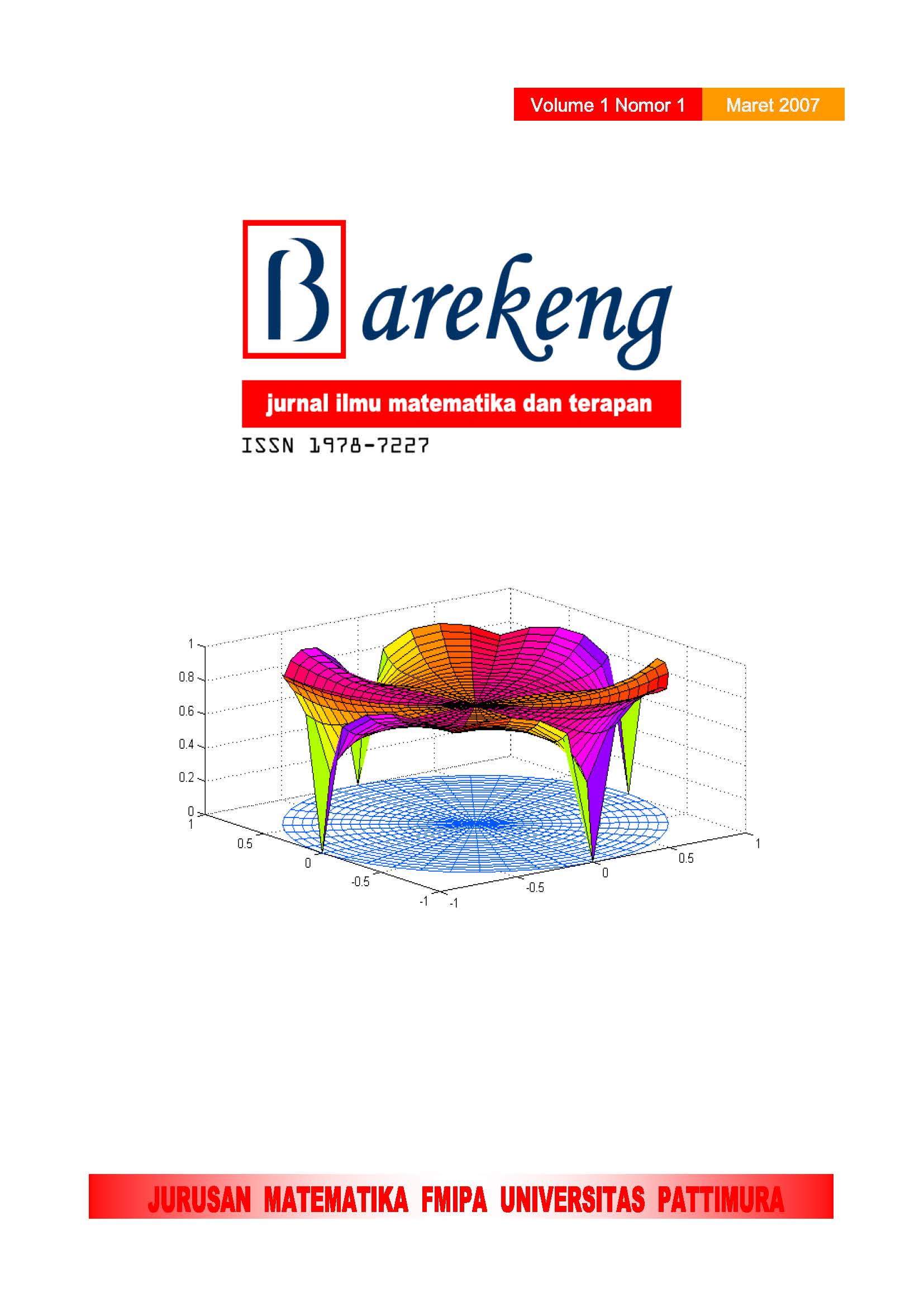EVALUASI KINERJA ALGORITMA ASSOCIATION RULE
Abstract
Association is a technique in data mining used to identify the relationship between itemsets in a database (association rule). Some researches in association rule since the invention of AIS algorithm in 1993 have yielded several new algorithms. Some of those used artificial datasets (IBM) and claimed by the authors to have a reliable performance in finding maximal frequent itemset. But these datasets have a different characteristics from real world dataset. The goal of this research is to compare the performance of Apriori and Cut Both Ways (CBW) algorithms using 3 real world datasets. We used small and large values of minimum support thresholds as atreatment for each algorithm and datasets. As a result we find that the characteristics of datasets have a signifcant effect on the performance of Apriori and CBW. Support counting strategy, horizontal counting, showed a better performance compared to vertical intersection although candidate frequent itemsets counted was fewer.
Downloads
References
Agrawal R, Srikant R. 1994. Fast Algorithms for Mining Association Rules, Research Report RJ 9839, IBM Almaden Research Center, San Jose, California
Cheung DW, Vincent TN., Ada WC., Yongjian F. 1996, Efficient Mining of Association Rules in Distributed Databases, IEEE Transactions on Knowledge and Data Engineering, Vol 8, No. 6, pp. 911-922
Dunham MH, Xiao Y, Gruenwald L, Hossain Z . 2004, A Survey of Association Rules, http://www.cs.uh.edu /~ceick/6340/grue-assoc.pdf [12 Juli 2004]
Han JW dan Kember. 2001. Data mining concepts and techniques. Simon Fraser University Academic Press, Micheline, USA
Lin D, Kedem ZM 2002, Pincer Search: An Efficient Algorithm for Discovering the Maximum Frequent Set, IEEE Transaction on Knowledge and Data Engineering, Vol. 14 No. 3, pp. 553 – 566.
Mueller A. 1995, Fast Sequential and Parallel Algorithms for Association Rule Mining: A Comparisson, http://www.hpc.isti.cnr.it/~palmeri/datam/articles/cs/ tr/3515.ps
Park JS, MS Chen, PS Yu. 1995. An Effective Hash-Based Algorithm for Mining Association Rules. Proceeding of ACM SIGMOD International Confrence on Management of Data. San Jose, CA, USA: 175-186
Rantzau R. 1997, Extended Concepts for Association Rule Discovery, http://www.cs.bme.hu/~bodon/ kozos/datamining/valaszthato/rantzau97- extended.pdf
Su JH, Lin WY. 2004, CBW: An efficient algorithm for frequent itemset mining, Proceeding of the 37th Hawaii International Conference on System Sciences.
Sucahyo YG. 2003, Data Mining: Menggali informasi yang terpendam, Artikel Populer Ilmu Komputer Copyright © 2003 http://www.ilmukomputer.com
Vallikona H. 2003. Association Rule Mining Over Multiple Database: Partitioned and Incremental Approach. Thesis. The University of Texas, Airlington.
Widodo S. 2004, Perancangan Data Mining dengan Metode Association Rule untuk Analisis Cross-Market (Studi Kasus Toko Sinar Bogor), Skripsi S1 Departemen Ilmu Komputer, FMIPA Institut Pertanian Bogor.
Zaki MJ. 2000, Scalable Algorithm for Association Mining, IEEE Transactionon Knowledge and Data Engineering, Vol. 12 No. 2, pp. 372 – 390.
Zheng Z, Kohavi R, Mason L. 2001, Real World Performance of Association Rule Algorithms, Proceeding of the 7th ACM-SIGKDD International Conference on Knowledge Discovery and Data Mining, New York.
Authors who publish with this Journal agree to the following terms:
- Author retain copyright and grant the journal right of first publication with the work simultaneously licensed under a creative commons attribution license that allow others to share the work within an acknowledgement of the work’s authorship and initial publication of this journal.
- Authors are able to enter into separate, additional contractual arrangement for the non-exclusive distribution of the journal’s published version of the work (e.g. acknowledgement of its initial publication in this journal).
- Authors are permitted and encouraged to post their work online (e.g. in institutional repositories or on their websites) prior to and during the submission process, as it can lead to productive exchanges, as well as earlier and greater citation of published works.






1.gif)



